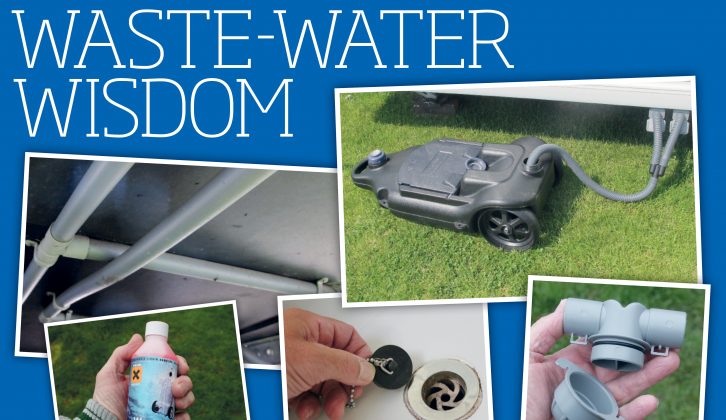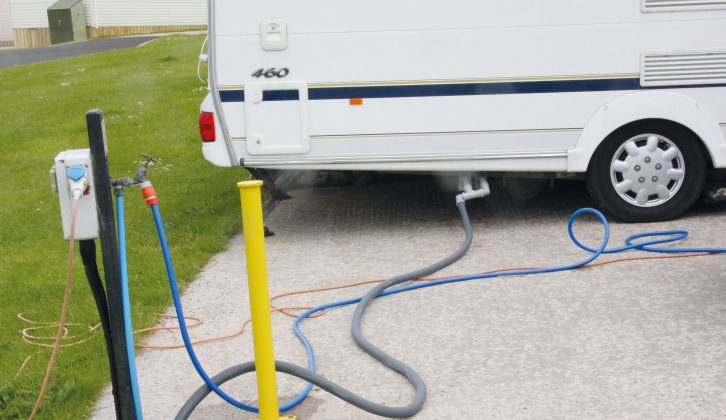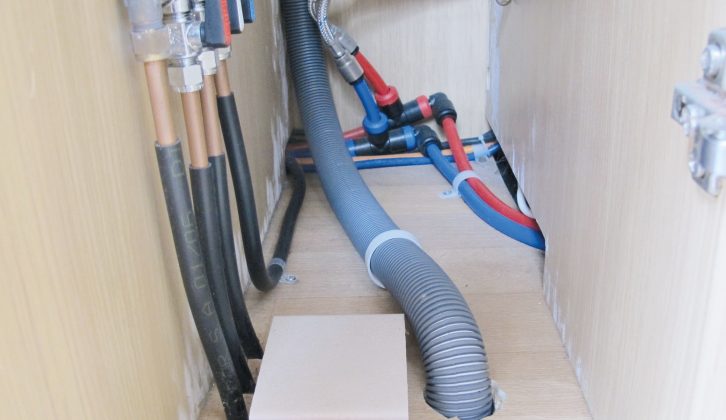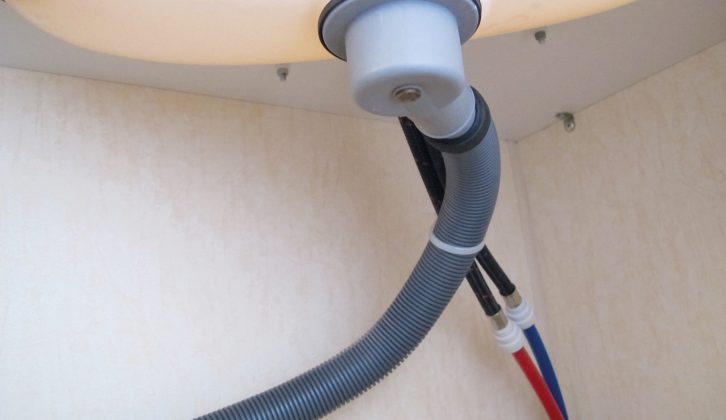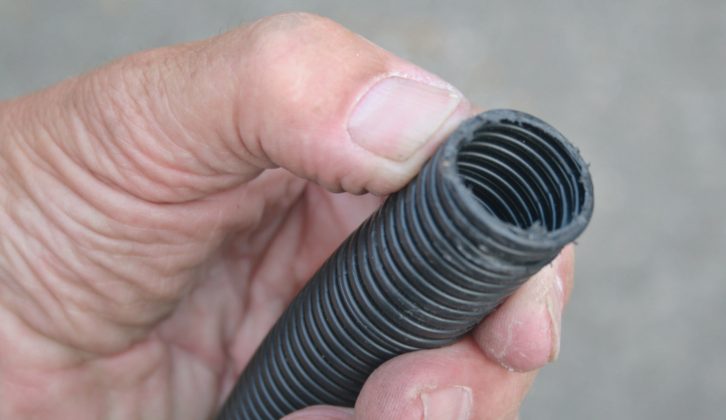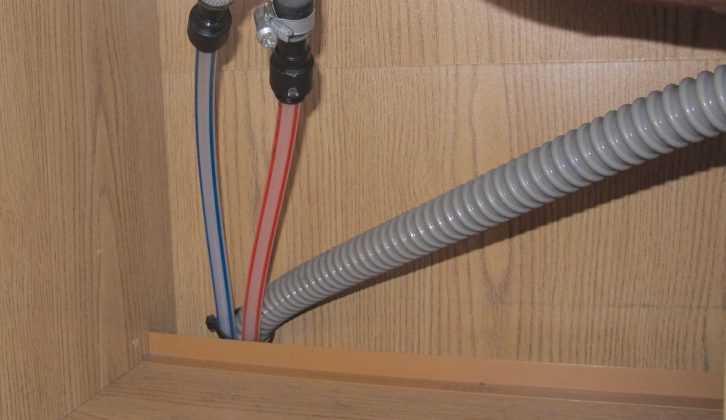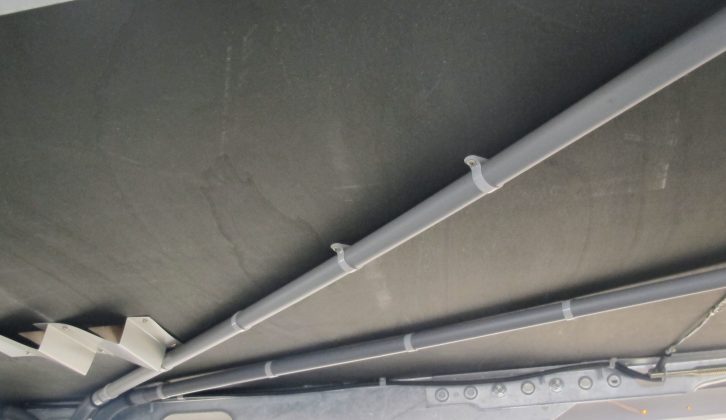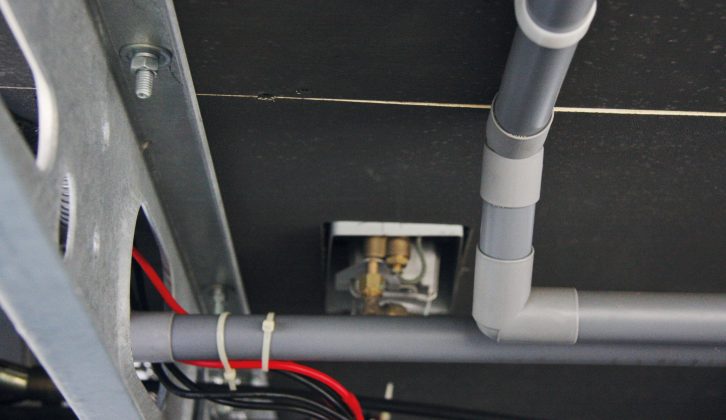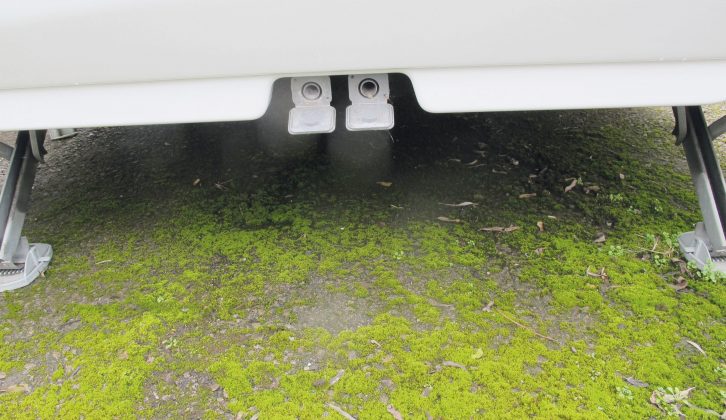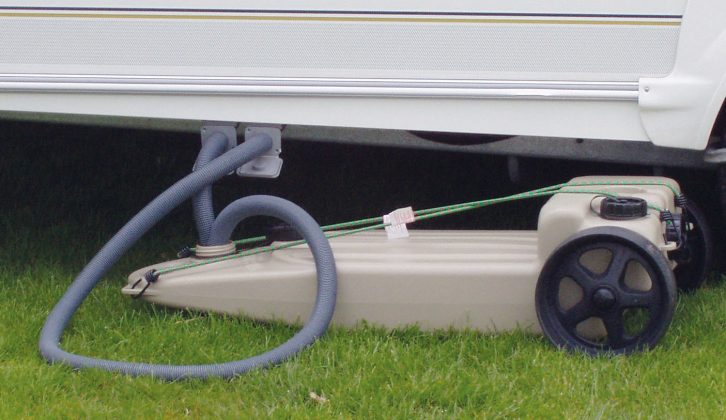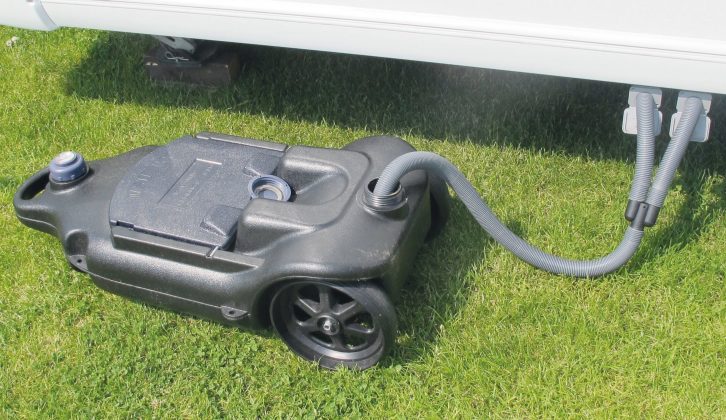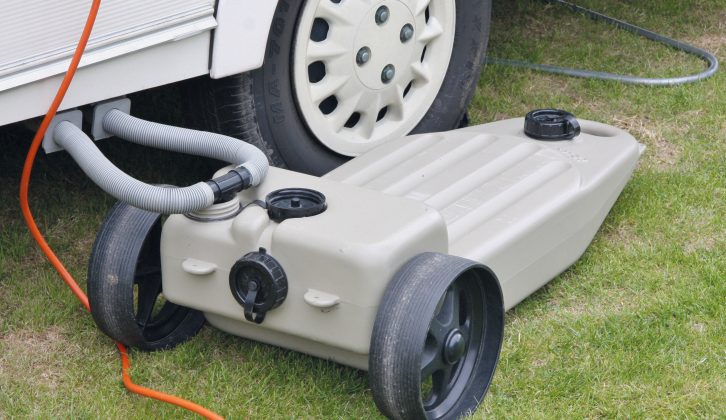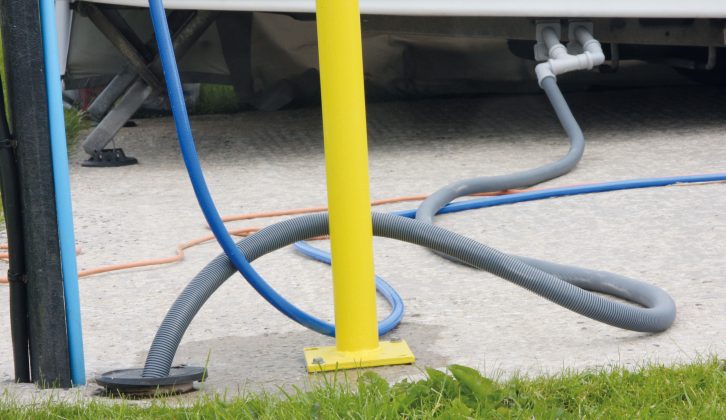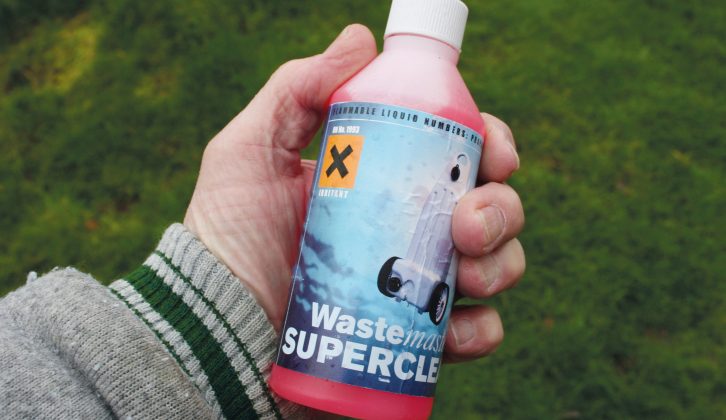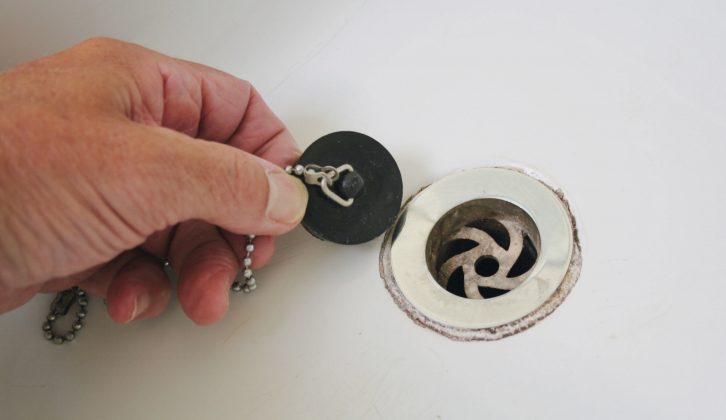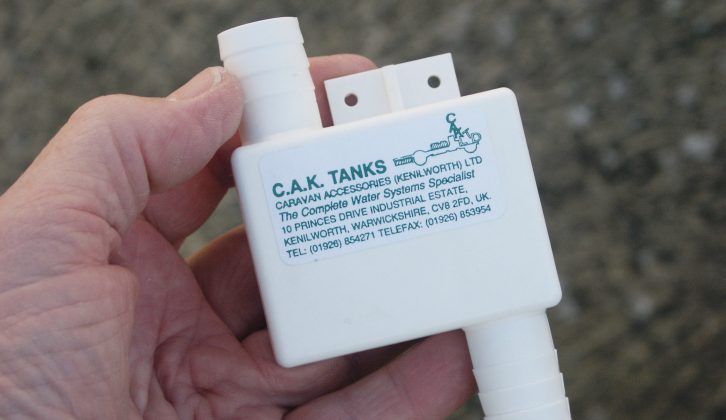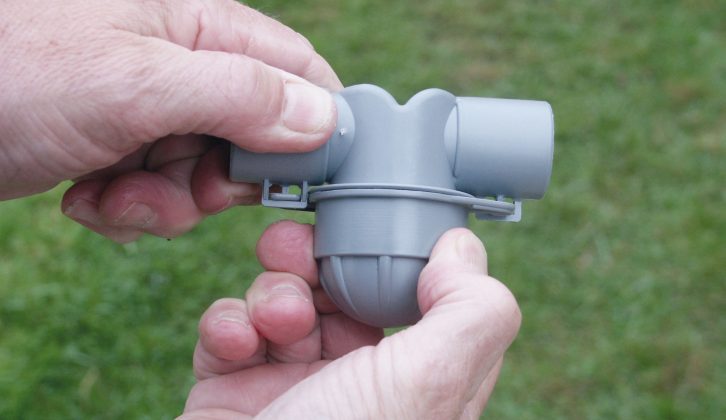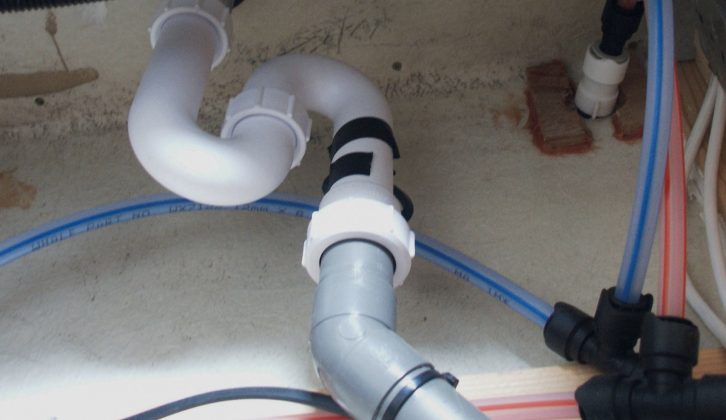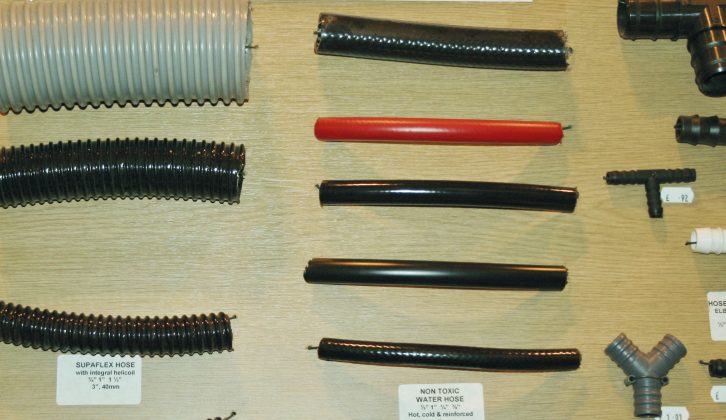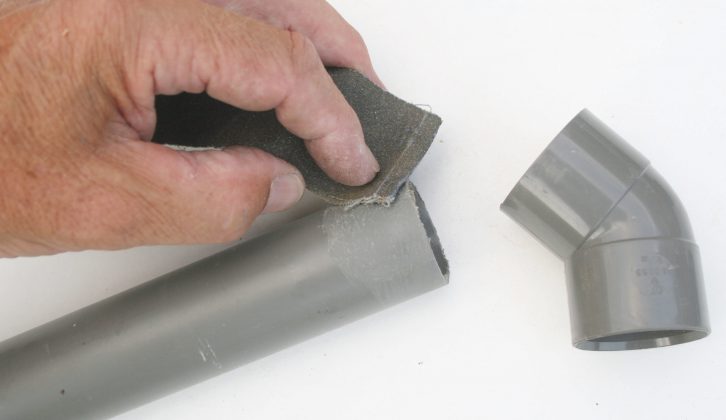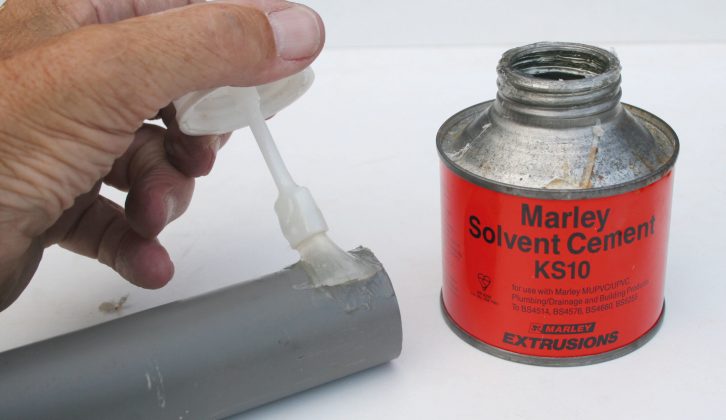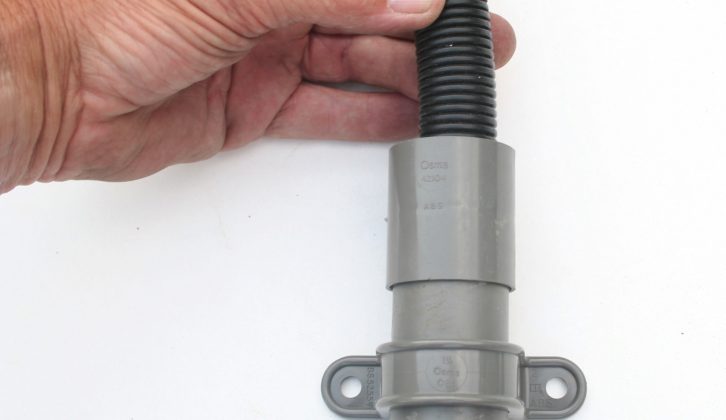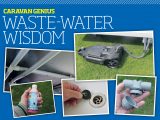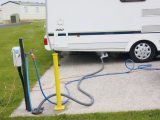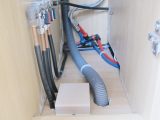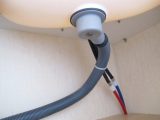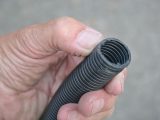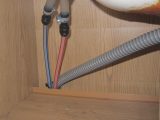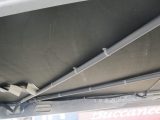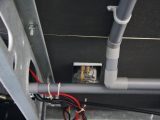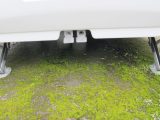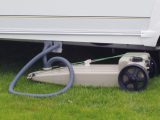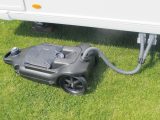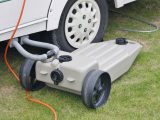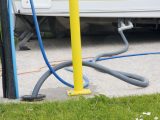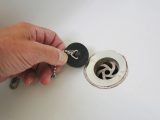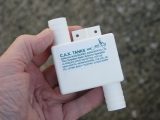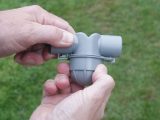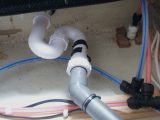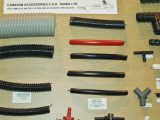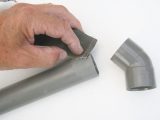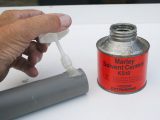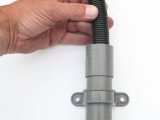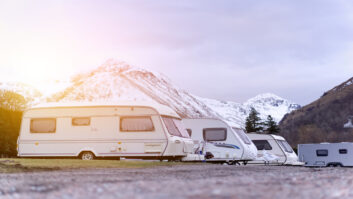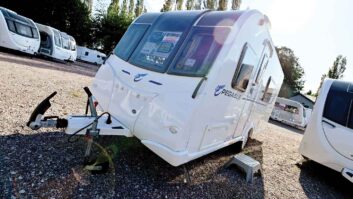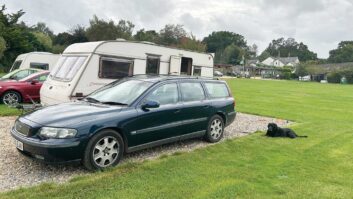Checking the kitchen appliances fitted in modern caravans shows that there’s scarcely any difference from the provision found in our homes. However, one feature is often disappointing: the waste-water disposal arrangements.
On far too many caravans, you remove the plug from a sink or washbasin and the water disappears at a sluggish rate. It is also quite common for waste water and food particles to become trapped in runs of pipe. When that occurs, the contents start to break down and odours arrive in the van.
Back at home, drain smells seldom occur because something called a ‘water trap’ is fitted to all domestic sink, bath and basin outlets. The water held in the traps does the same job as that which remains in the foot of toilet pans: it provides an effective barrier to keep drain smells isolated from our living accommodation. How odd, then, that similar provision is hardly ever fitted in caravans or motorhomes (although it was a feature several years ago in Vanroyce models)!
In reality, some caravans have worse problems than others, but it’s still wise to put plugs in all of the outlets when a caravan goes into storage. That’s particularly important if it will remain unused for several months.
Unsurprisingly, anyone purchasing a caravan seldom checks its waste-water system. Products such as the hob, cooker and fridge are far more likely to receive attention; it’s only when you finally get to use a kitchen that inefficient waste-water disposal becomes apparent. There are some features that you can check, though, and some precautions you can take.
Major alterations
It has proved fairly easy on several caravans and motorhomes to replace the original ribbed waste-water hose with the rigid plastic fittings and couplings that are normally used in a domestic setting. Whether it’s a total replacement or partial improvement, the results have been pleasing. Some parts of an original installation can only be reached by dismantling furniture, so a few upgrades solely tackle accessible runs of hose.
On many older caravans, for example, the underfloor hose dangles between fixing clips like a Christmas garland, so it’s unsurprising that residual water and remnants of food get left in the loops. That said, it’s good that more manufacturers are now fitting rigid pipe instead, although it’s a retrospective job that a competent DIY enthusiast can undertake, too. But be careful!
Never work under a caravan that is elevated by just a jack or piles of bricks. A far safer arrangement is to position two or three builders’ scaffold planks under the wheels so that a fully rigid base is created. Equally, the corner steadies must all be lowered onto a sound base.
Before fitting new pipe runs, a caravan should be adjusted so that it is completely level. As the new pipes are then fitted, they are installed with a gentle slope. This means that whenever you park your caravan level in future, the water runs away downwards.
Replacement pipes can be purchased from a plumbing supplier, a builders’ merchant or a large DIY superstore. The narrowest rigid plastic pipe is the type used for the overflow outlet on toilet cisterns, although my preference is to use 36mm (1 3/8in) outside-diameter pipe. This is sold with a wide range of couplings. The larger 41mm (1 5/8in) pipe is more commonly fitted in houses, but it’s really too bulky for caravan installations.
On some projects it has been possible to fit a larger outlet in a sink or basin together with a water trap below. However, this is difficult to accomplish and it’s not worth attempting on a metal sink. An alternative is to retain about 300mm (12in) of the original hose coupled to a sink, and then to drape this inside a new upright section of the replacement pipe. This arrangement is often adopted at home when coupling up the outlet hose of a washing machine into a fixed pipe.
At the final outlet point you can either make a link to your water container by creating a coupling using the plastic fittings, or you can purchase car radiator hose of suitable size and length.
Whether you tackle a full or partial upgrade, be prepared for a surprise when you remove the plug from a sink that’s full of water. The emptying speed is impressive – as was the case on Vanroyce vans that had this type of plumbing a long time ago. It’s a pity the idea is seldom used in caravans now.
Whether you tackle a full or partial upgrade, be prepared for a surprise
